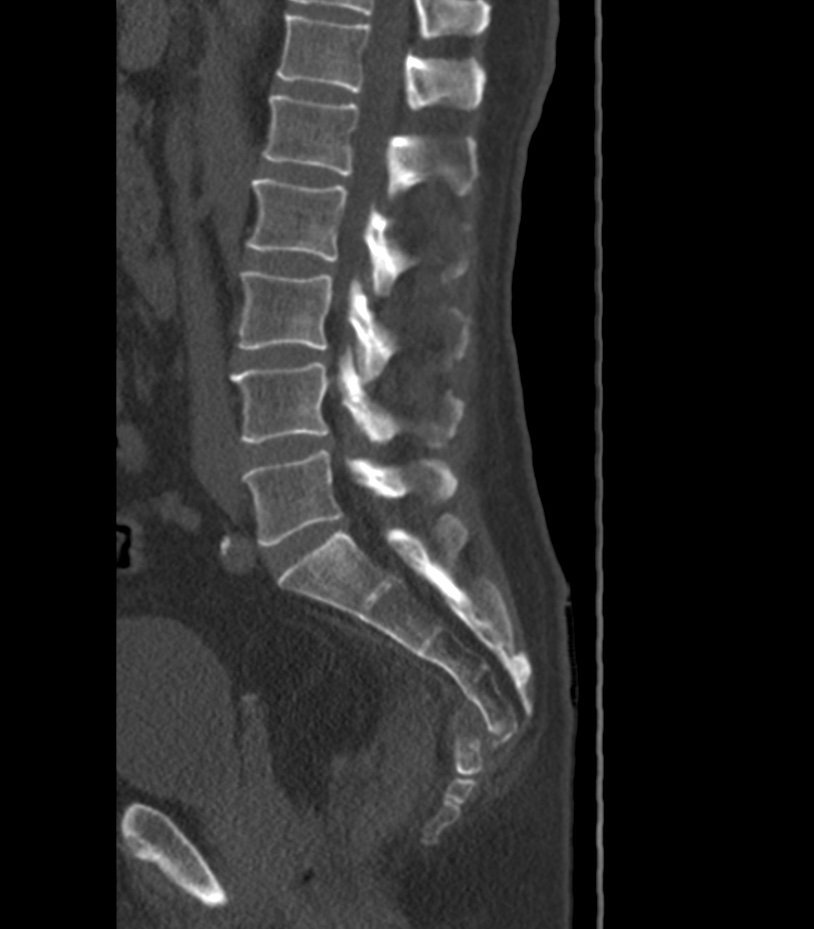


Coccydynia has a myriad of causes but is most commonly found in the posttraumatic setting. Patients often have a history of recent or remote trauma to the region and develop chronic mechanical symptoms
In these cohorts, and even in those with acute trauma and pain, fracture is rare, and static neutral radiography tend to appear normal with a similar distribution of abnormal imaging findings as in asymptomatic people.
If acute fracture is of concern, CT is typically required to make a definitive diagnosis. However, fracture may be discovered at radiography in a minority of cases.
Idiopathic and traumatic coccydynia is most commonly differentiated into categories of hypermobility, subluxation, and rigid coccyx (with or without a posterior spicule). There is a strong female predominance of coccydynia with a 4:1 female-to-male ratio. Increased body mass index (BMI) is a risk factor that is more significant in women than in men . Multiparity is also a risk factor among women . Regarding coccyx anatomy, risk factors include having a mobile sacrococcygeal joint, a more ventrally curved coccyx, and a posterior spicule formation. In men, intercoccygeal joint subluxation has been reported as a risk factor
Within the AO classification system, coccygeal fractures are classified as a subset of the sacrococcygeal fractures (classification A1)
Reference: